What’s really behind Madame Pele’s fortune or fury?
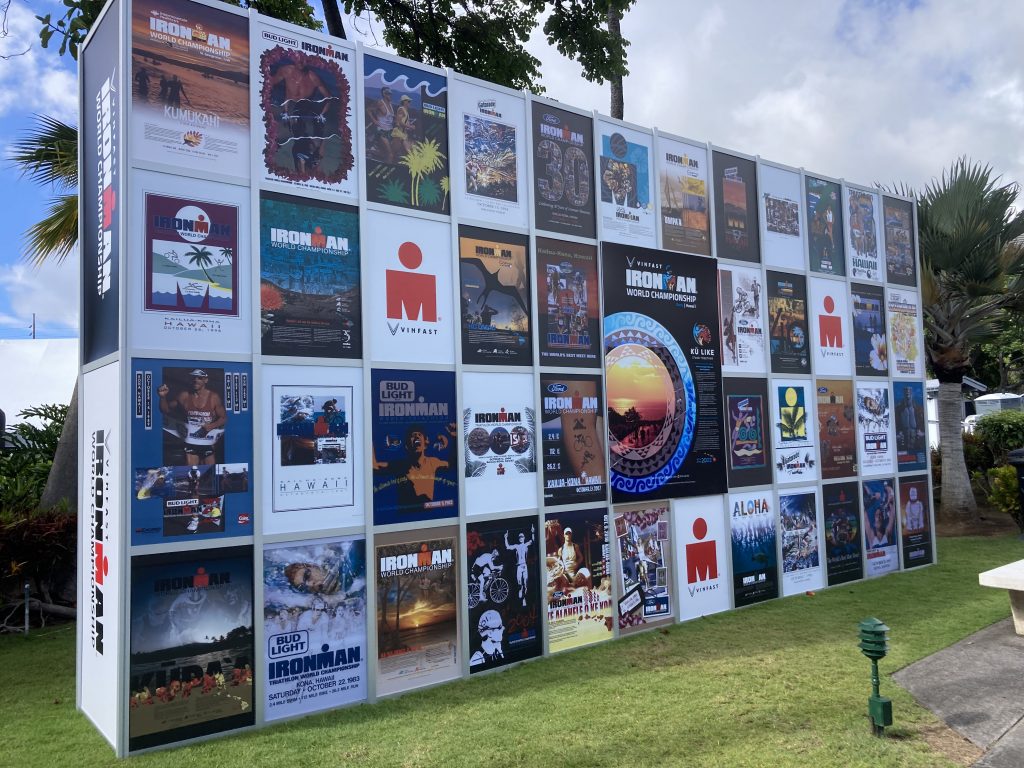
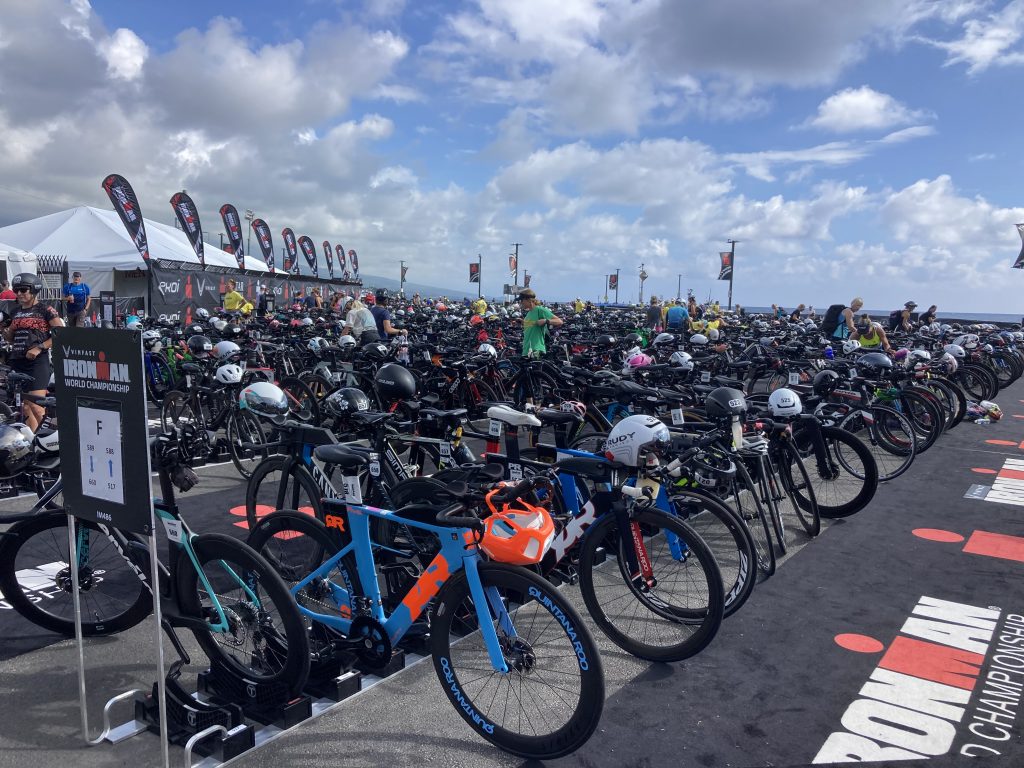
Even if you do not compete as an athlete in distance triathlon racing, you may know the town of Kailua-Kona, Hawaii from the yearly Ironman broadcast of athletes from around the world slogging through a 2.4 mile swim, a 112 mile bike, and then a marathon run of 26.2 miles. It’s a race now steeped in 40+ years of epic battles on a course that is hot, hilly, and notoriously windy along the western side of the big island of Hawaii. For many triathletes, both professional and age groupers, achieving a KQ, or “Kona Qualifier”, is a lofty goal to get to compete on this legendary course.
Each year is a question mark to see if Madame Pele will bring fortune or fury on race day. On light wind years such as 2018, course records were smashed in the pro field. But on particularly windy years, stories circulate of athletes struggling to maintain control of their bikes in the strong crosswinds between Kona and Hawi, the turnaround point on the bike course 56 miles on the north side of the big Island. Athletes have been known to pull over and completely stop their bikes to regroup and get nutrition down before continuing on in the gusty conditions.
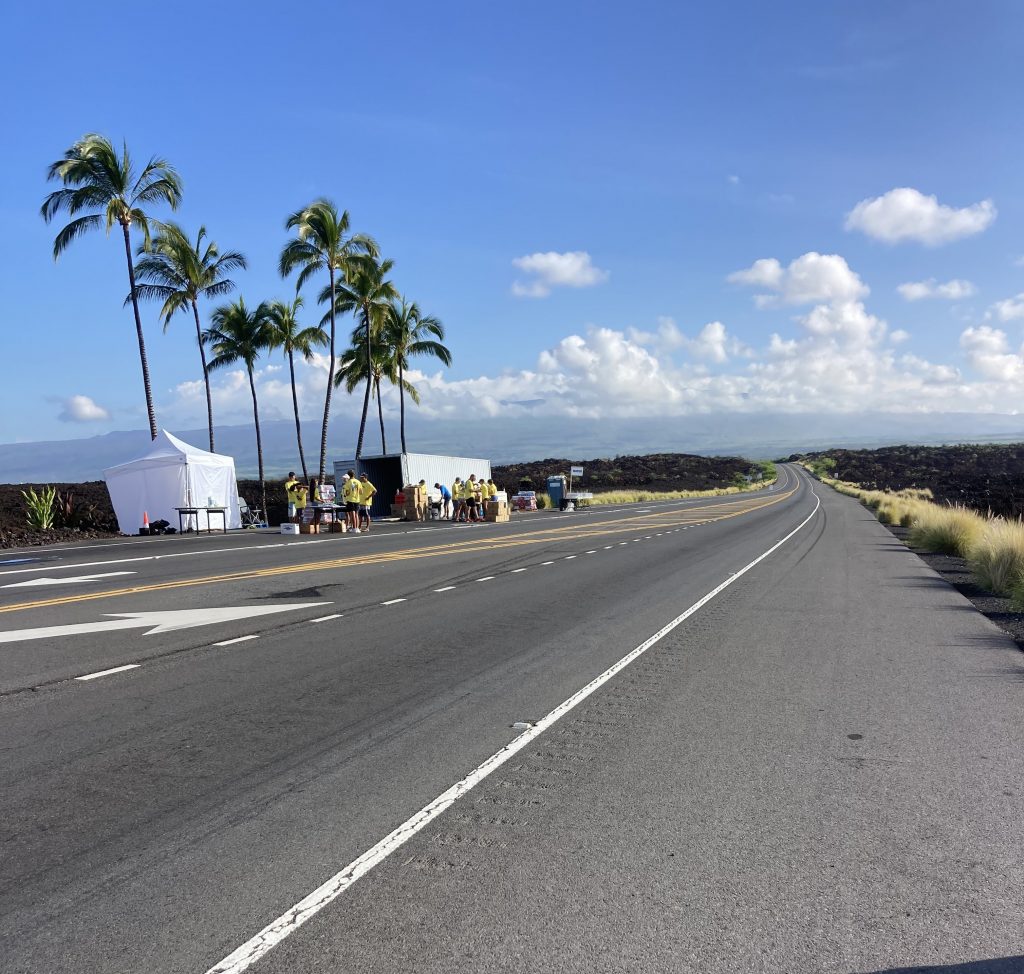
Because of these winds, Kona is one of only a few courses where Ironman outlaws the use of a disc wheel, which is a solid rear wheel traditionally used in racing to diminish turbulence/drag and thus increase speed.
Ok….so it can be windy. Why? Let’s break down what’s really going on, how the wind might evolve on the course as you ride, and a couple of my takeaways both as a meteorologist and Kona finisher I hope will help you on race day.
Hawaii: land of trade winds and sea breezes
The unique nature of Kona’s wind profile is thanks to two types of winds: trade winds and sea breezes.
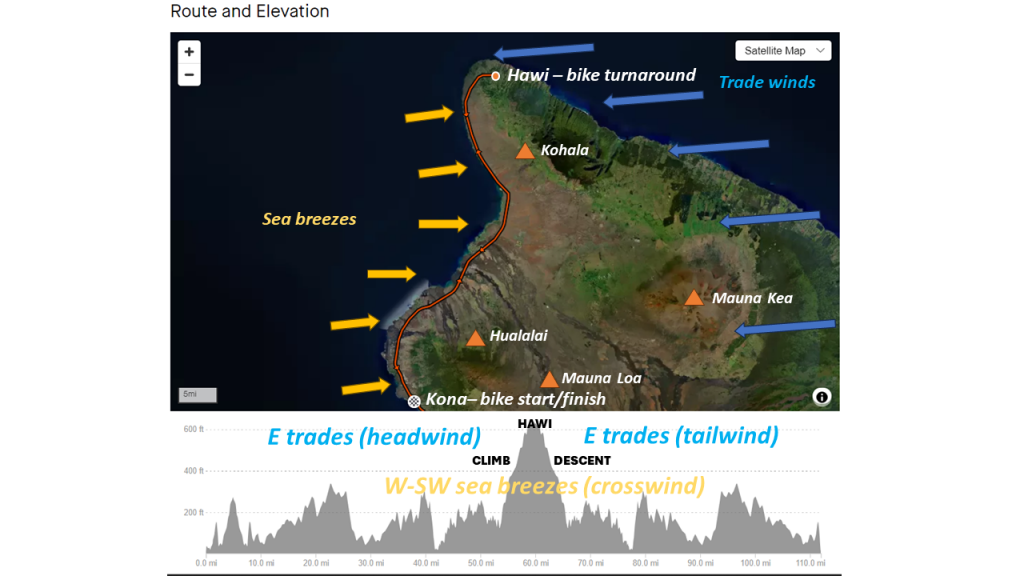
You can think of the trade winds as the permanent belt of easterlies that blow near the equator across the Hawaiian Islands. The trades become significant on the 6 mile climb out to Hawi, the turnaround point of the bike course (more on this later).
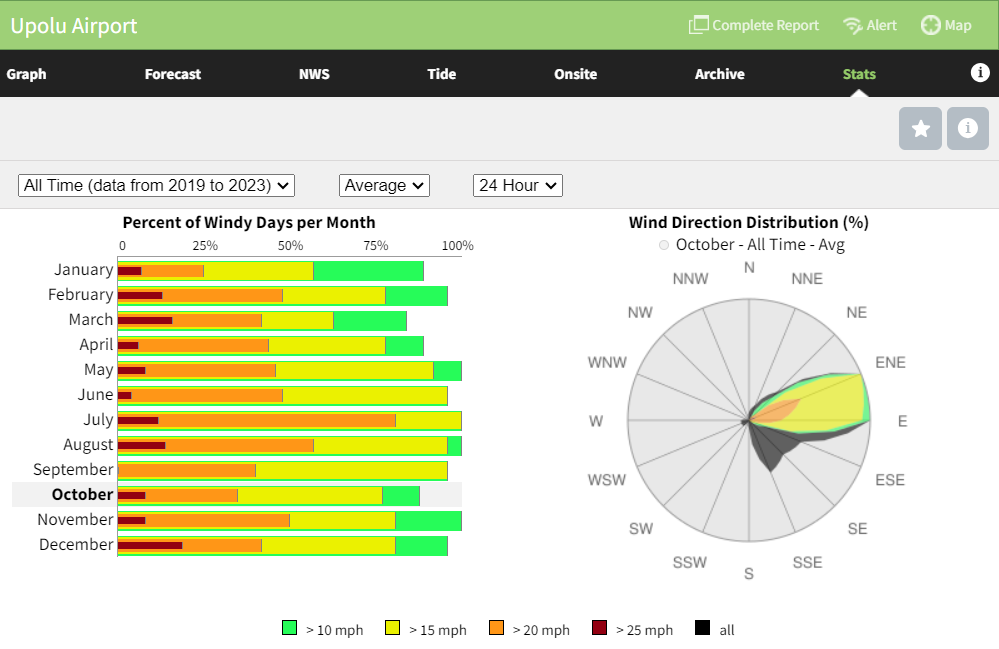
Along the rest of the course, however, the topography of the volcanoes comprising the big island creates a barrier to these trade winds, blocking them from reaching the western beaches of Hawaii. So, along the western side of the island, we find another type of wind pattern developing: the sea breeze.
A sea breeze is a localized wind that develops in otherwise light wind conditions due to temperature differences between land and water. Air over land (in this case, the lava fields along the Queen K) warms at a more rapid rate than air over water. As the temperature difference grows, a sea breeze will form with wind blowing onshore across the race course, typically peaking during the afternoon hours.
The key here is that the strength and direction of a sea breeze depends on several different factors, one of which is the orientation of a coastline, which becomes super interesting when you look at how the coastline varies along the Kona bike course. Sea breezes (think crosswinds) can be out of the NW to SW and will likely vary somewhat depending on what point you’re at along the course.
How will an athlete experience this on race day?
So we’ve got trades and sea breezes-how might you experience this wind on the bike? With the usual caveat of “it depends”, here are a series of images I snapped once an hour on October 6th, 2023 from 7AM-5PM local time. Watch how the wind changes on a typical day:

Bike start in Kona-expect winds that are calm to light (<8mph). Overnight into sunrise, the sea breeze calms (and sometimes reverses offshore into a land breeze, seen above) with loss of heating. As the sun begins to rise while athletes are swimming, winds begin to stir, but are usually on the light side through 8-9AM. If winds at the airport are out of the WSW early on like they were on this day, you may feel some light tailwind here leaving Kona.
Riding outbound along the Queen K towards Kawaihae – winds will begin to build the further along the course you ride. Often with a sea breeze, it can feel like a switch gets flipped, where early on winds are still pretty calm, and then 30 mins later you think, wait a minute, I’m starting to lean a bit! When and to what degree this happens will depend on the day, but usually winds are picking up mid to late morning (especially beyond 10AM). You can expect crosswinds to be a little stronger out on the bike than shown on the sensors above, anywhere from 5-15mph sustained depending on the day.
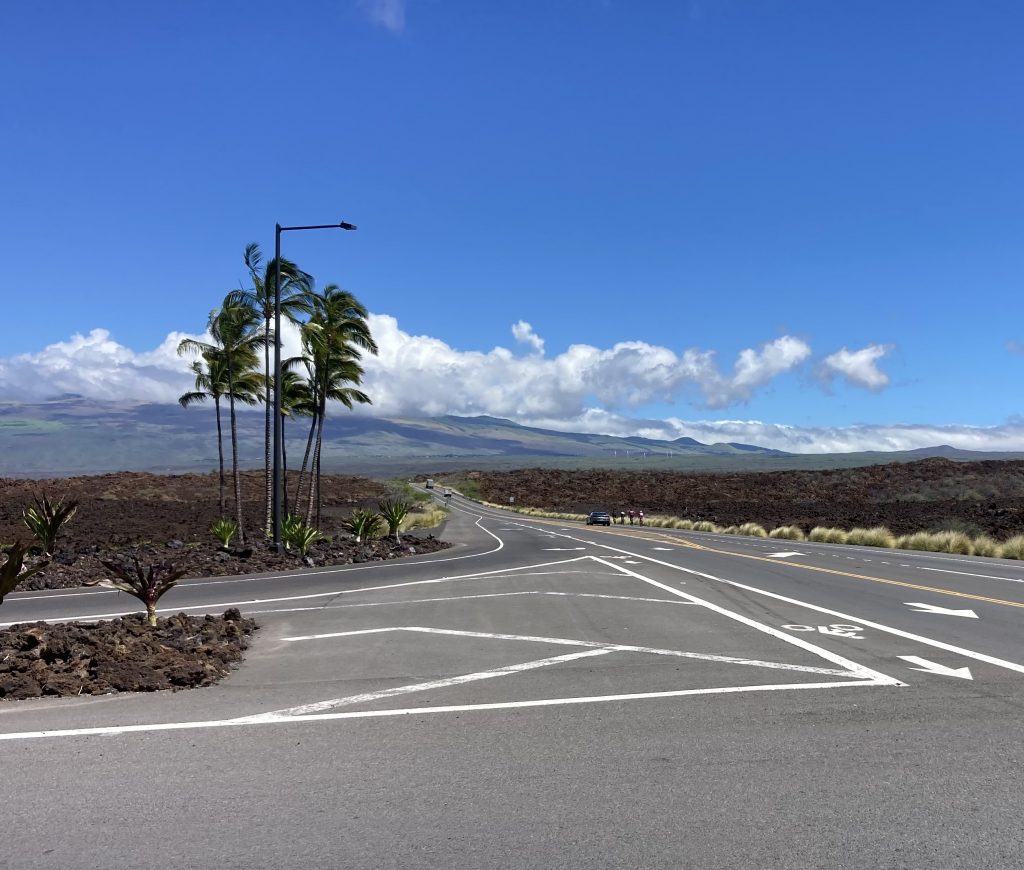
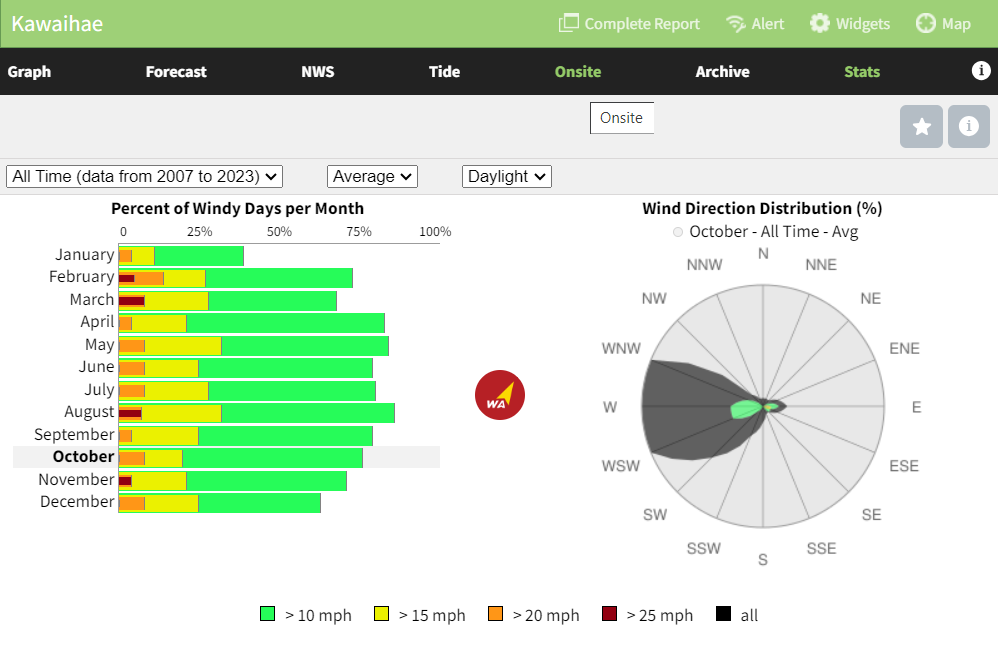
Kawaihae left turn towards Hawi (Highway 270 ~ mile 40) – Many athletes begin to hit this point mid to late morning, so sea breeze winds have probably increased. This will feel like a crosswind, perhaps slight cross-head wind 10-15mph sustained.
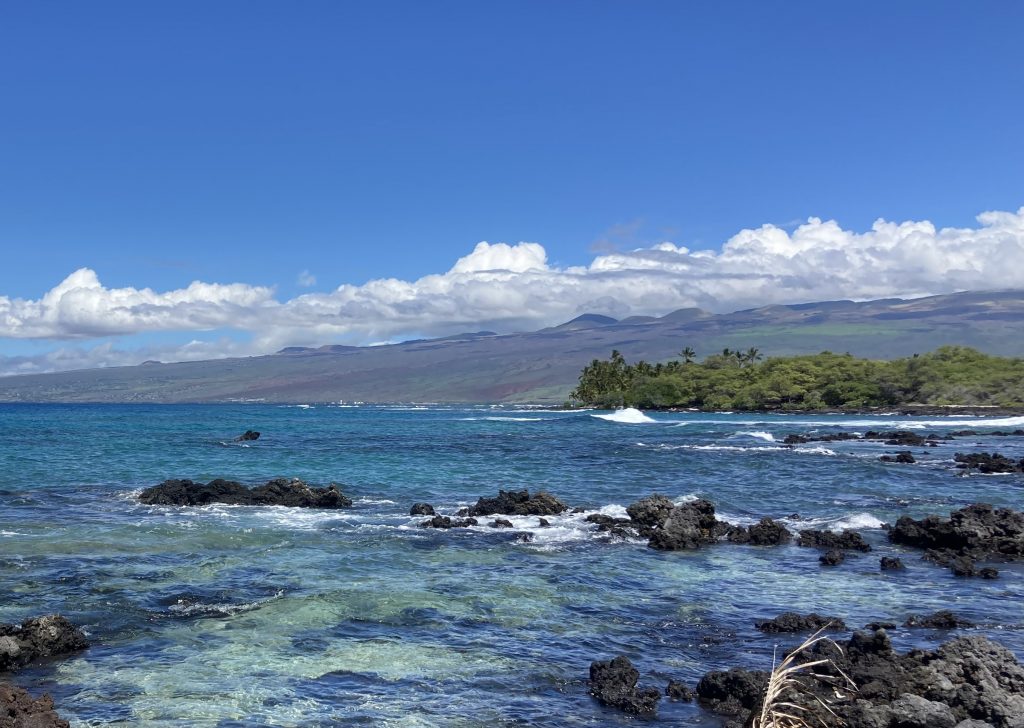
Climb/descent into/from Hawi (turnaround ~ mile 60)-In terms of gusts and feeling like the wind is coming at you from everywhere, this is the most likely stretch (roughly miles 55-65) to have that feeling. As you climb, you’ll begin to notice any crosswinds out of the WNW-WSW shift to the opposite direction out of the ENE (headwind) with trades funneling down the road. It can be quite gusty in here-on windier days, sustained to 20+ with gusts to 30+ at times! You’ll make the turn around in Hawi and then begin to fly back down the descent with a tailwind. The tailwind will eventually subside and transition back to a crosswind from the sea breezes as you curve back southward again along Highway 270.
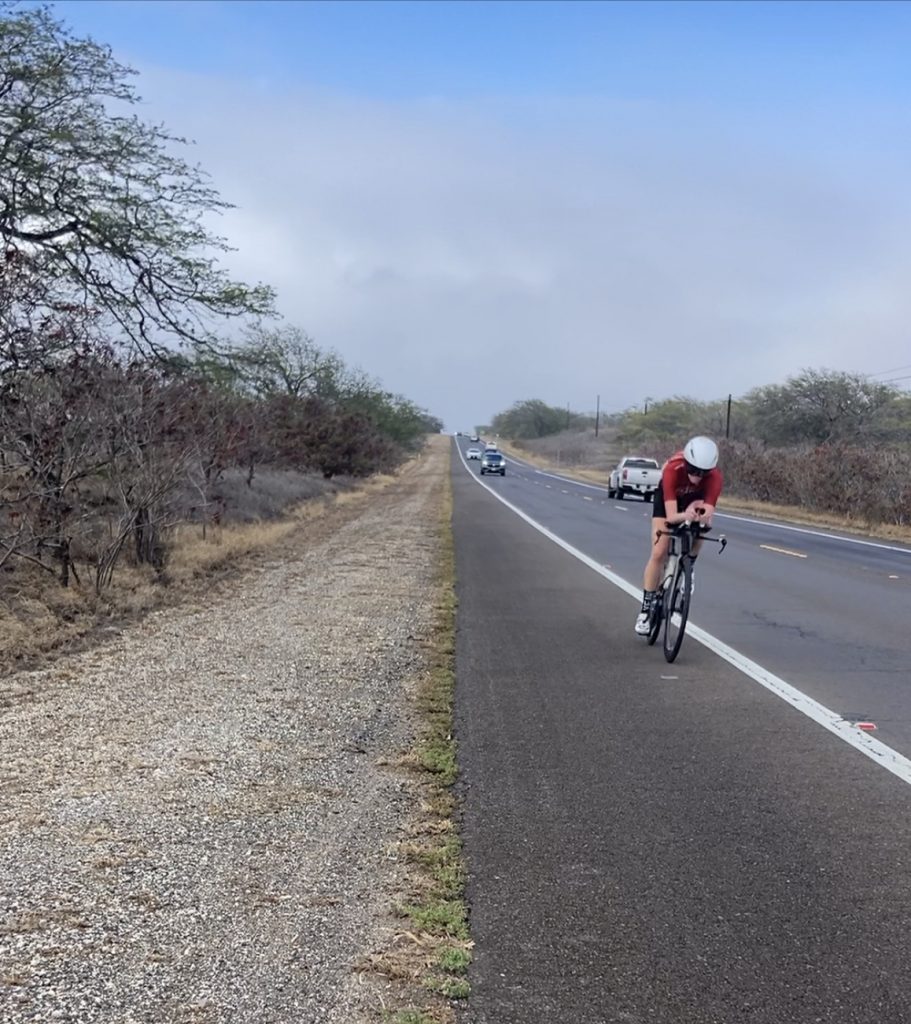
Kawaihae back to Kona (right turn back on Queen K/Highway 19 ~ mile 80)-as you ride the hills back into Kona during the afternoon, your sea breeze crosswinds will continue to be in play out of the WNW to WSW. Descents can still be gusty here, but not nearly to the extent of Hawi winds. With the maturing sea breeze they may feel stronger than when you rode out that morning, 10-15+mph with higher gusts. As you get closer to the finish, remember our image above: if winds are out of the SW or SSW at the airport near Kona, you may get the added challenge of a cross-head or headwind for the final bike course miles.
My takeaways both as a met and athlete
To wrap this up, yes, Kona is often a windy course. No, you do not have to worry about hurricane conditions the entire ride!
-
- Generally, as with many Ironman races, you can expect lighter winds to start that will tend to build through the day
-
- Much of the wind you’ll experience will be in the form of a crosswind. Some years these crosswinds will be lighter 5-10mph, other years they may be stronger 10-15+. These winds can get gusty at times to 20-30+mph, especially on the descents along the Queen K and the descent out of Hawi. Talk to your coach/experienced friend about how you’ll handle nutrition/mental head space in the event conditions become strong/gusty on race day.
-
- Expect shifting winds near Hawi as sea breezes and trades mix-crosswind will become headwind, tailwind will become crosswind. Control what you can control and remember that everyone is dealing with it! Some years this is lighter, other years it can be quite strong.
-
- If those last miles feel like an extra struggle near the end heading back into Kona, just be aware that the sea breeze near the Kona airport *might* be an additional reason for that feeling (darn headwind)!
Kona is an unforgettable experience and absolutely a world champ level course. The heat, hills, and whatever wind you experience will be worth the finish line and memories you create. If it was easy, everyone would do it 🙂
I hope this post has taken some of the guess work out of wondering what the wind could be like on the course.
Wishing you a successful race day no matter what Madame Pele brings!
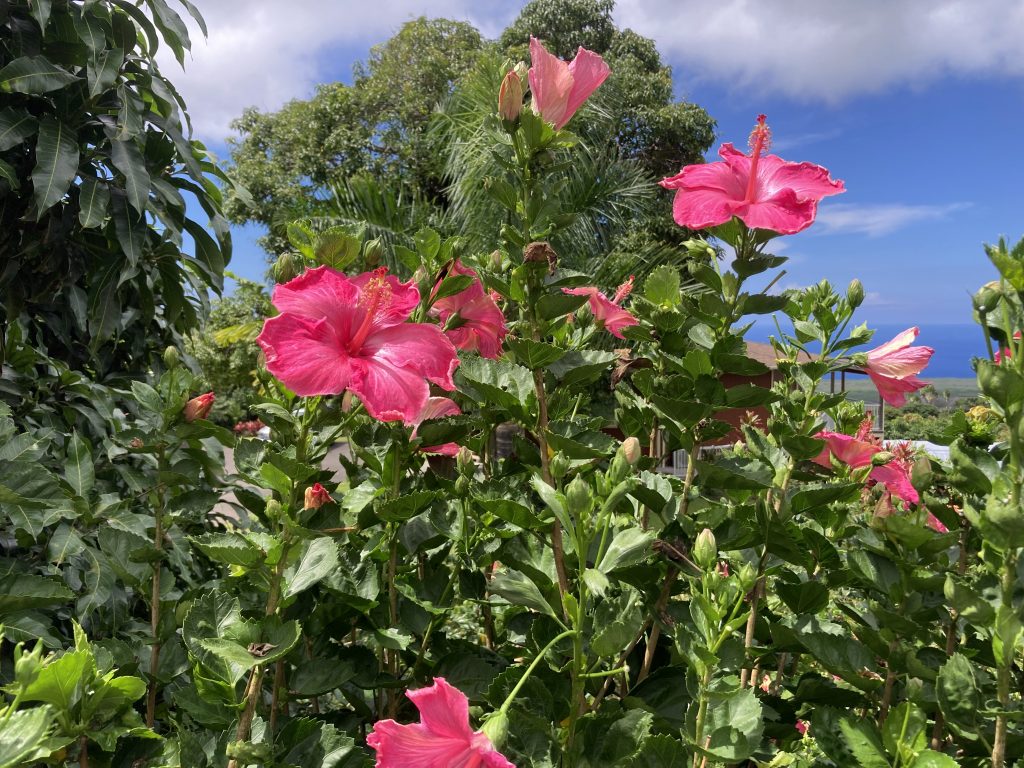
Kate Looney is a coastal wind meteorologist for WeatherFlow-Tempest, Inc, a running and triathlon coach for Mach5 Racing, and a 5 time Ironman finisher, including Kona in 2022. When she is not watching the weather, you can find her swimming, biking, and running. Follow her on Instagram @kate_on_tri.
